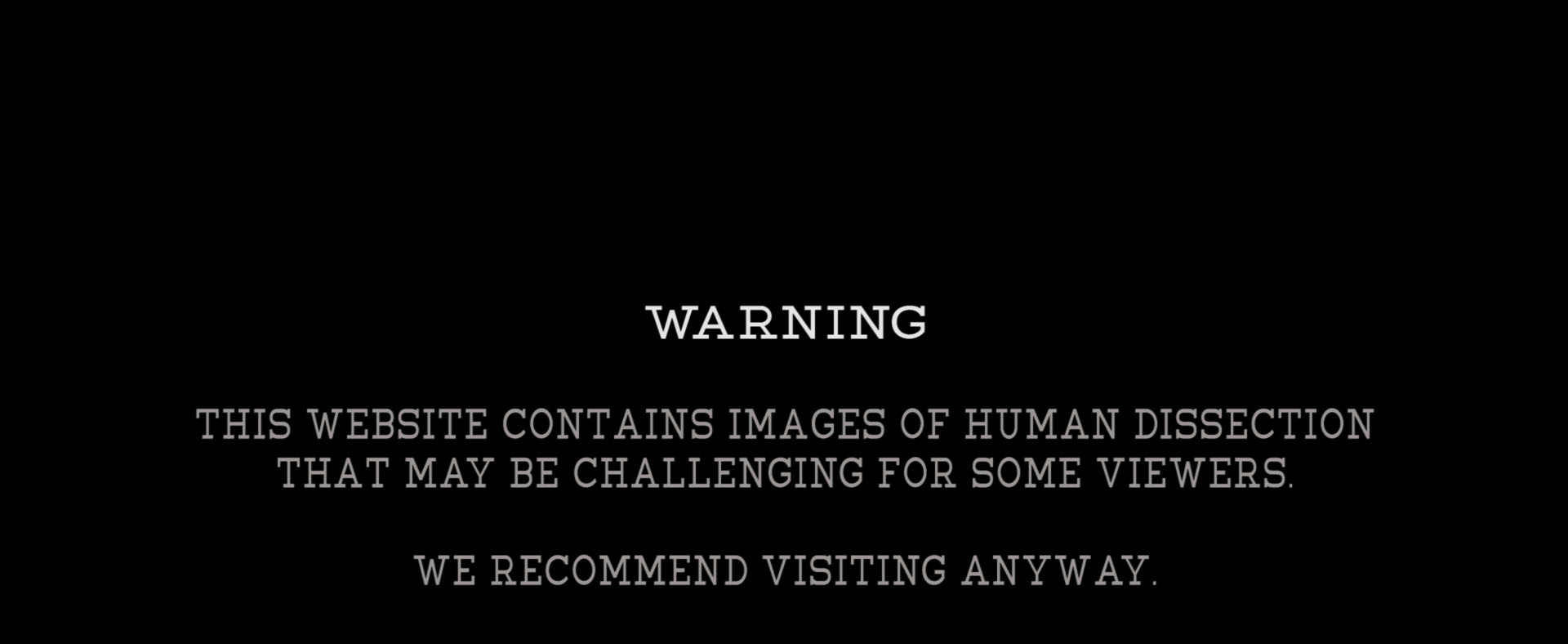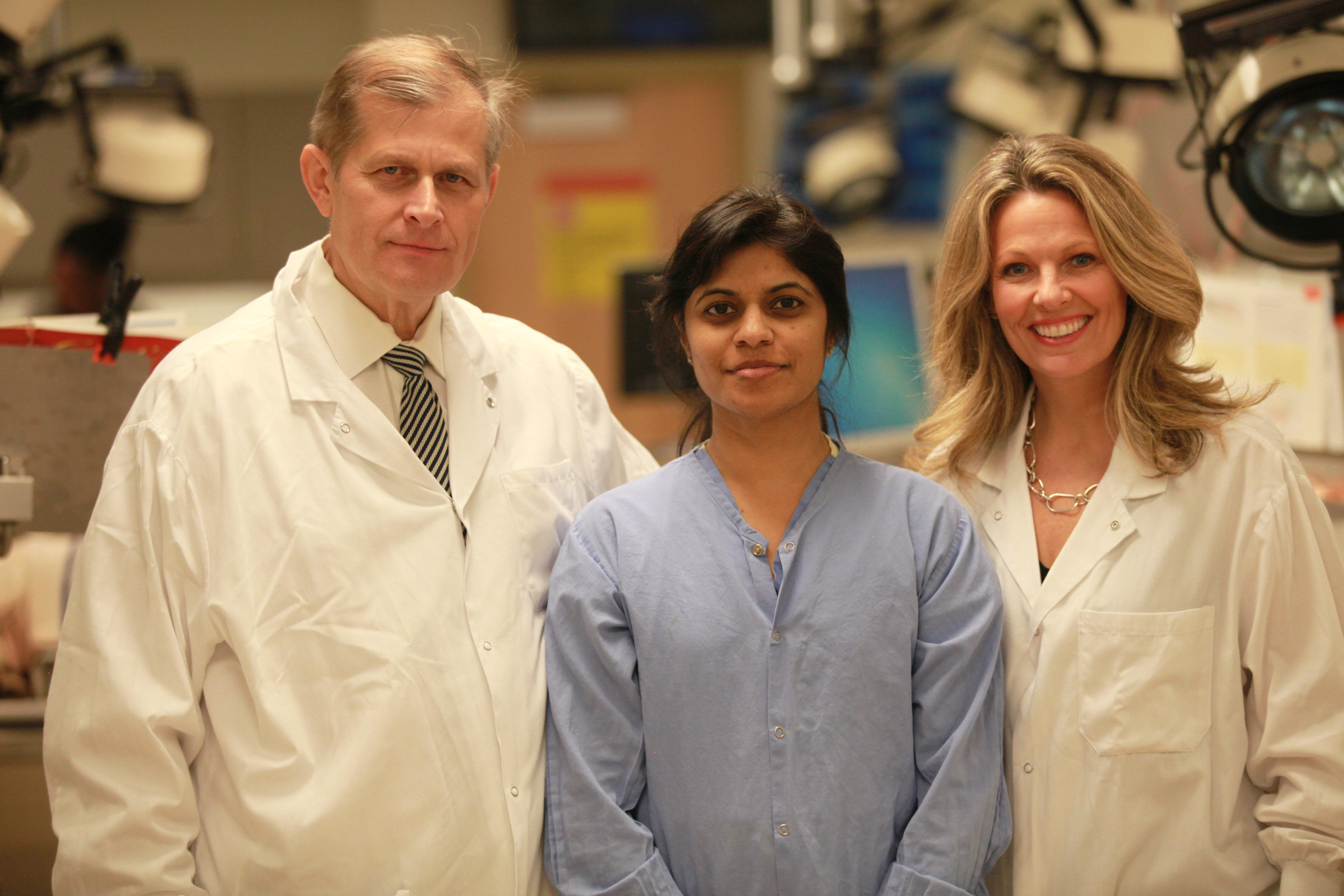Healthcare Reporter
I’ve been a health care reporter for many years. During this time, I’ve stood by many surgeons as they’ve cracked open heart patients’ chests for life-saving operations, I’ve watched doctors remove organs from people who’ve died in horrible accidents, I’ve met the grateful recipients of those organs and documented their experience, and I’ve held the hands of people in their last days of life. Even after all of that, I was terrified to step into the anatomy lab on the first day of shooting. Before opening the lab door, I thought about what one surgeon told me as I was about to witness an organ transplant for the first time, “just lean against a wall, so if you faint you won’t make a scene.” So, I opened the door to the anatomy lab, and prepared to bolt in, but before I could reach the safety of a wall, the formaldehyde smell smacked me in the face and made my head spin a bit. But I didn’t pass out from the smell or from the bodies wrapped up like mummies. In fact, I was intrigued, excited and super curious. Plus, I was incredibly proud. Proud to have survived my fear and proud to be involved in this amazing documentary.
The First Day of Shooting
For me, the experience was transformative. For me, the project is not about anatomy or dead bodies. It’s about what it means to be human and alive. Sure, the process of dissection can be somewhat gruesome when taken out of context. But when you think about why it’s being done, you can’t help but be amazed and awed. Preserved flesh and bone become the threads of life-giving knowledge. The body donors know that, and so do all of the students. Looking back to that first day of shooting, I remember that before they made the first cut, a hush fell over the entire lab. Each group dealt with it in different ways, but afterwards I earned that every single student said some sort of thank you or prayer before using the scalpel. They knew that after they made that first cut, nothing would be the same. All of the students treated their cadavers with incredible reverence, kindness and compassion. The bodies truly were their first patients.
Scientists and Physicians
Standing in the lab amidst all of those bodies – some dead, most totally alive and super alert – you can’t help but think about what happens to the soul when you die. Throughout my years as a health reporter, I’ve talked to many doctors and scientists whom you’d think would disregard the idea of a soul. But they don’t. Most of the scientists and physicians I have talked to embrace the concept, even though there’s no hard data they can collect in a test tube or petri dish to prove it. But they believe it. As I watched the students dig into their dissection of the day, I was comforted believing that the souls of the donors were no longer there, and that the donors wanted their remains to be used to teach future physicians. The students came from various social, ethnic and religious backgrounds, but every one that I talked to about the soul concept believed that the soul leaves and the body stays behind. And because of this, the students were able to not only learn about the parts of the body or how the ankle bone’s connected to the leg bone, but they also learned about what it means to be part of the circle of life.
Compassionate Effective Doctors
Speaking of students, I was totally wowed by the quality of each student in that class. All of them are super smart, interesting and compassionate. I learned a lot from them and was humbled by their abilities. They are very brave, and I can’t wait to see what they all end up doing with their medical degrees. For some, I imagine the dissection experience will compel them to be surgeons, while others may choose cardiology because of their fascination with holding a human heart in their hands. Whatever they choose, I know they will become skilled, able, compassionate and effective doctors who will strive to improve the condition of people in our world.

